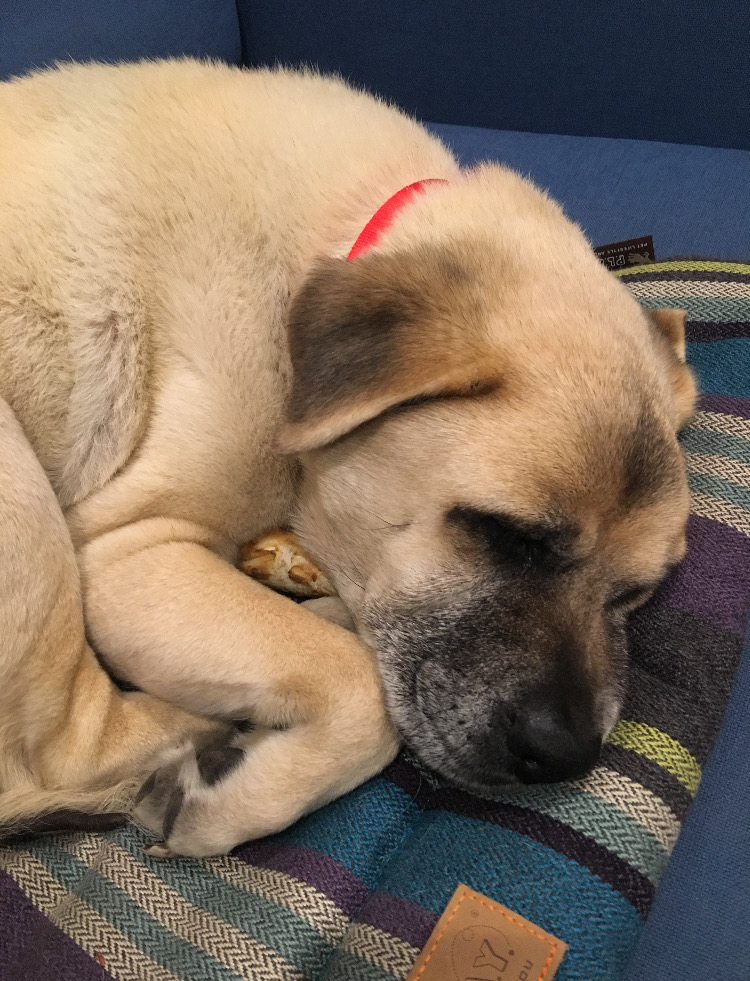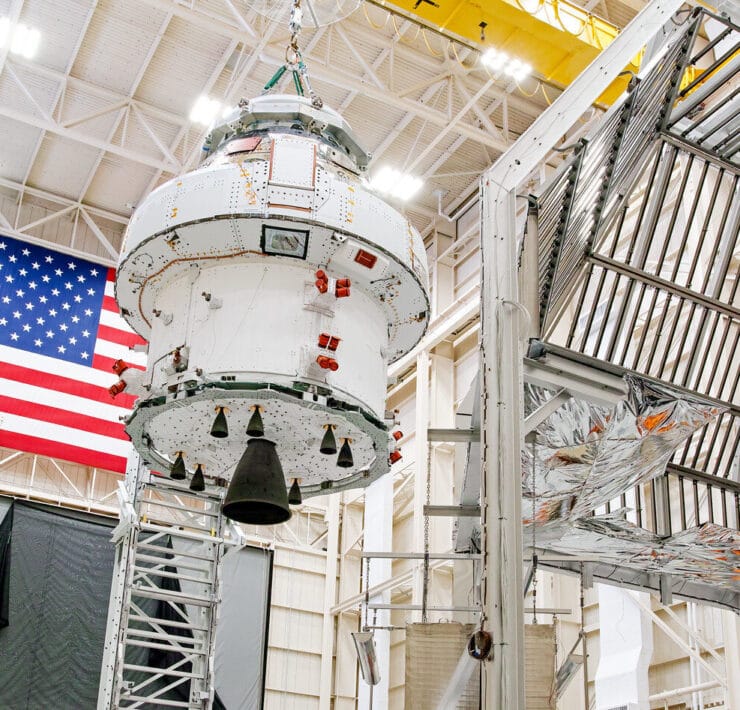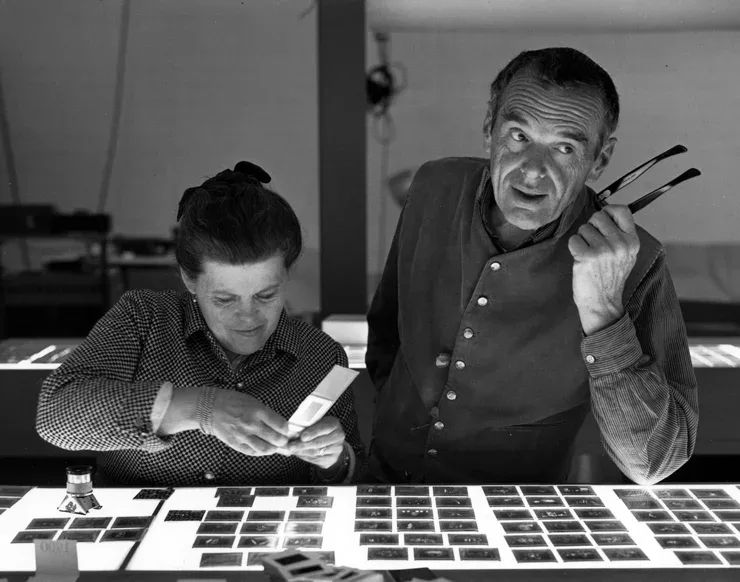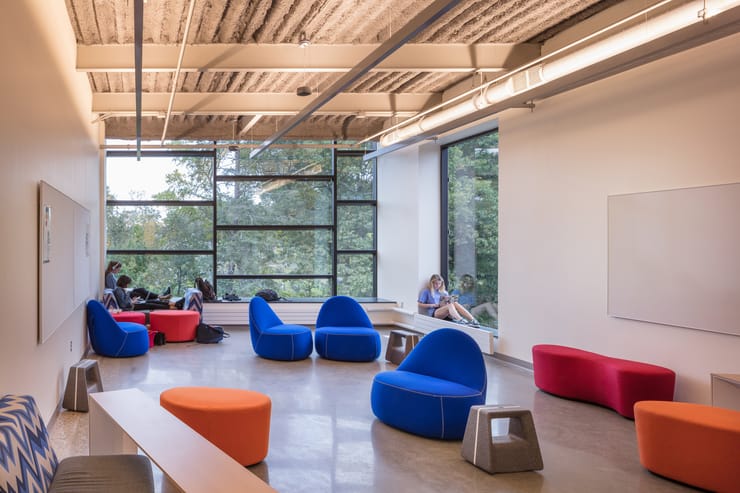At Alcon Lighting’s LA headquarters, co-founder David Hakimi adopted a 12 year-old dog named Nano and decided to bring him into the office every day. Let’s just say it garnered some attention.
It quickly became clear that Nano, who’s now 14 years old, relishes a long nap. Nano likes to hop and curl up in an easy chair, resting his head on the arm, drifting into slumber. In fact, David says this is Nano’s favorite activity. He walks with David in the local Los Angeles neighborhood of businesses, homes and shops, loping around and sniffing to explore — Nano tends to fixate on other dogs’ scents — but when he comes back to Alcon Lighting, he’s soon to be out like a light.
The exception, of course, involves food. Any one fixing a snack in the break room can expect to find Nano sniffing around for a sample.
Everyone welcomes Nano, who’s probably a Korean Jindo mix. Even Ritchel, who takes account of important facts and data at Alcon Lighting, lighting specialist Andre, who’s been known to adhere to strict work habits and co-founder Jake, who’s sensitive to small distractions during sales meetings. After all, Nano’s fond of standing in the middle of a room during a display or presentation, while looking around, parking himself — and promptly laying down for a snooze.
With an underactive thyroid, for which he’s being treated with medication, Nano tends to be sluggish, though he lets out a cautionary bark at the FedEx delivery man. He avoids the spotlight, which he leaves to Perris and Stephanie and Freddie in the back office. He tends to avoid conflict.
Nano thrives on visiting Michael, Megan and Stephanie Lane for handouts on the sly. When an aggressive or yappy dog visits Alcon Lighting, count on Nano to lay low and cast a weary look.
David takes his dog’s disposition in stride. It’s what drew him to Nano three years ago. “I went to the dog shelter knowing that I might be able to improve the life of an animal that’s down on his luck,” he says.
Day by day, Nano’s easygoing, sweet and loving. Of course, David knows that he came out ahead because Nano brought laughter and love into his home and work. So, you might say that, if he doesn’t exactly bask in it, Nano is happiest when he’s napping in the light.







